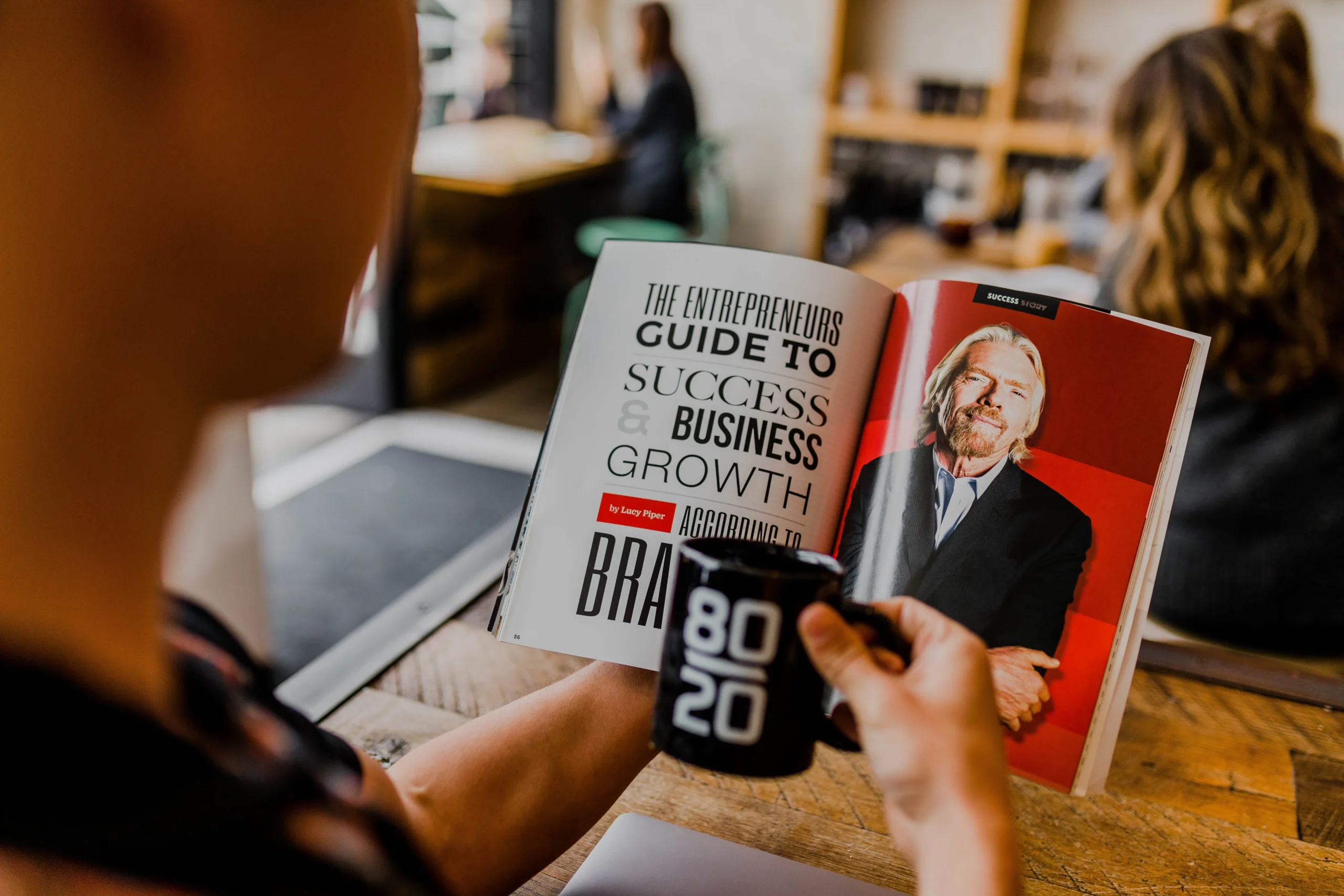Table of Contents
Introduction
In this article, we’ll explore the world of middle-of-funnel marketing, sharing tips and tricks that will help you woo your customers and convince them that their life will be better with your product or service. The middle-of-funnel (MOF) is where potential customers have moved beyond the initial awareness stage (TOF) and are now seriously considering your product or service.
What is Middle-of-Funnel (MOF) Marketing?
MOF is sometimes referred to as the “consideration” stage. A common mistake is to think of MOF as just a transitional stage between TOF and BOF – but this is not the case. It’s a unique stage that requires a unique set of strategies and tactics. It plays a critical role in the customer journey.
The Role of MOF in the Funnel
In the middle of the funnel, you need to grab the opportunity to educate, nurture, and build a relationship with your potential customers. The overall goal is to guide prospects toward the bottom of the funnel (BOF) at which point they’ll hopefully make a decision to purchase your product or service. To understand middle-of-funnel marketing, it’s important to distinguish it from the other stages of the funnel.
Creating Content for Middle-of-Funnel Marketing
The main element of middle-of-funnel marketing involves creating content that speaks to your potential customers. It should give them detailed information about your offering or provide them with some other kind of value to keep them engaged. To achieve the best results, the content needs to be helpful and informative, without being too pushy or sales-y. People reading or watching your content should get the feeling that they are learning something valuable, not getting an aggressive sales pitch as this is more likely to put them off.
Building Relationships Through MOF Marketing
Building a relationship with prospects will create trust and make them more likely to purchase from you when the time comes. The key to achieving good results from content marketing is to create a strategy by following five tried and true steps. The main aim of MOF marketing is to connect with your potential customers on a personal level. Obviously, your content needs to be relevant and interesting, but it also needs to offer value.
Segmenting Your Audience
Segmenting your audience means targeting your marketing efforts at different groups of people. You can segment your audience according to different characteristics such as interests, needs, and behaviors. Once you have the different segments, you can tailor your messaging to each group and deliver content that resonates with them directly.
Personalizing Your Messaging
Personalization takes things one step further than audience segmentation. It refers to customizing your sales and marketing messages to each individual customer. This could mean anything from simply referring to them by their first name in an email subject line or SMS to creating content tailored directly to their individual needs or desires.
Measuring and Monitoring MOF Marketing Performance
If you want to maximize the effectiveness of your middle-of-funnel campaigns, then you need to measure and monitor data. Tracking and analyzing metrics such as engagement rates, conversion rates, time spent on site, lead quality, cost per acquisition (CPA), and return on investment (ROI) will help you to make data-driven decisions and improve your marketing ROI.
Conclusion
Middle-of-funnel (MOF) marketing is a crucial stage in the customer journey that requires a unique set of strategies and tactics. MOF involves creating content that is helpful and informative, without being too sales-y or pushy. The content should speak directly to potential customers, fostering and building relationships with them to establish trust and credibility. To achieve good results from MOF marketing, it’s important to create a strategy that identifies your audience, creates valuable content, nurtures your leads, builds trust and credibility, and constantly evaluates and adjusts your approach. The top three tactics for effective MOF marketing include creating targeted content, segmenting your audience, and personalizing your messaging. Finally, tracking and analyzing engagement rates, conversion rates, time spent on site, lead quality, cost per acquisition (CPA), and return on investment (ROI) will help you to make data-driven decisions and improve your marketing ROI.
